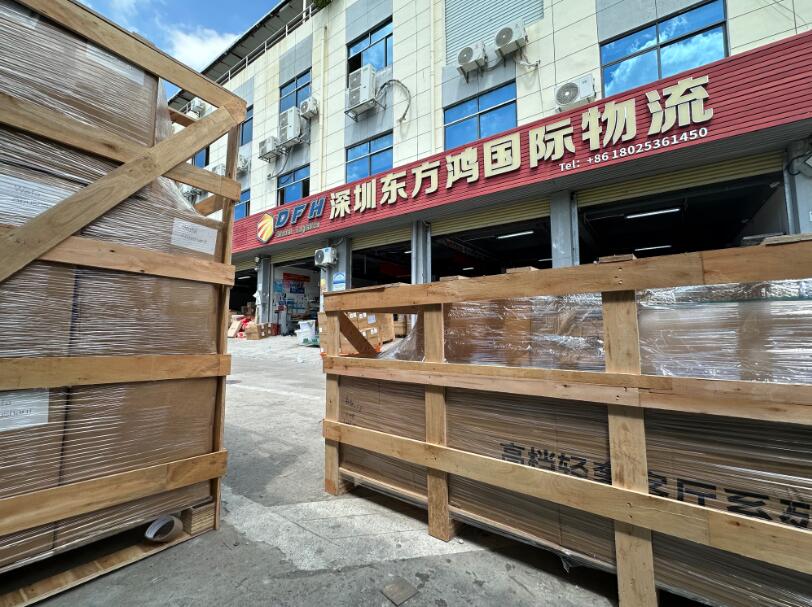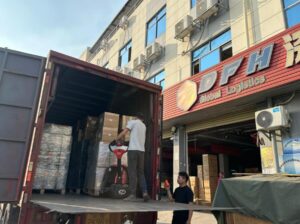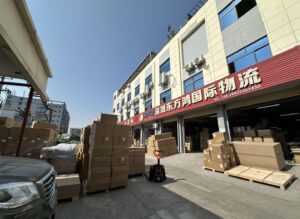Over the years, I’ve helped many businesses and individuals ship goods from China to Croatia. And almost every time, I hear the same story: “Buying from Alibaba is easy, but shipping to Croatia is where the problems begin.” I completely understand. Once the order is placed, the real challenges start—choosing the right shipping method, controlling costs, clearing Croatian customs, and handling the 25% VAT correctly.
This guide is written for importers like you—whether you are an Amazon seller, a wholesaler, a small business owner, or even a first-time buyer. I’ll share practical advice based on my 12+ years of experience in international logistics, so you can ship from Alibaba to Croatia with confidence and avoid common mistakes.
Why should you buy from Alibaba and ship to Croatia?
Before we dive into logistics, let’s step back and talk about why Alibaba is such a powerful platform for global importers, including those in Croatia. Knowing why businesses choose Alibaba helps explain why shipping correctly is so critical.

From what I’ve seen working with my Croatian and international clients, the benefits are clear:
- Lower costs: Chinese suppliers often offer better prices than EU-based sources.
- Product diversity: From electronics and furniture to clothing and auto parts, you’ll find almost everything.
- Scalability: Start small with a sample order and then scale up to LCL or full container loads.
- EU access: Once cleared in Croatia, goods can move freely within the European Union.
For many clients, Alibaba is the gateway to competitive sourcing. The key challenge is not buying—it’s shipping smoothly to Croatia without delays or surprise costs.
How does shipping from Alibaba to Croatia work?
Once your order is confirmed on Alibaba, the shipping journey begins. Many first-time importers underestimate how many steps are involved. Let me walk you through the process I usually manage for my clients shipping to Croatia.
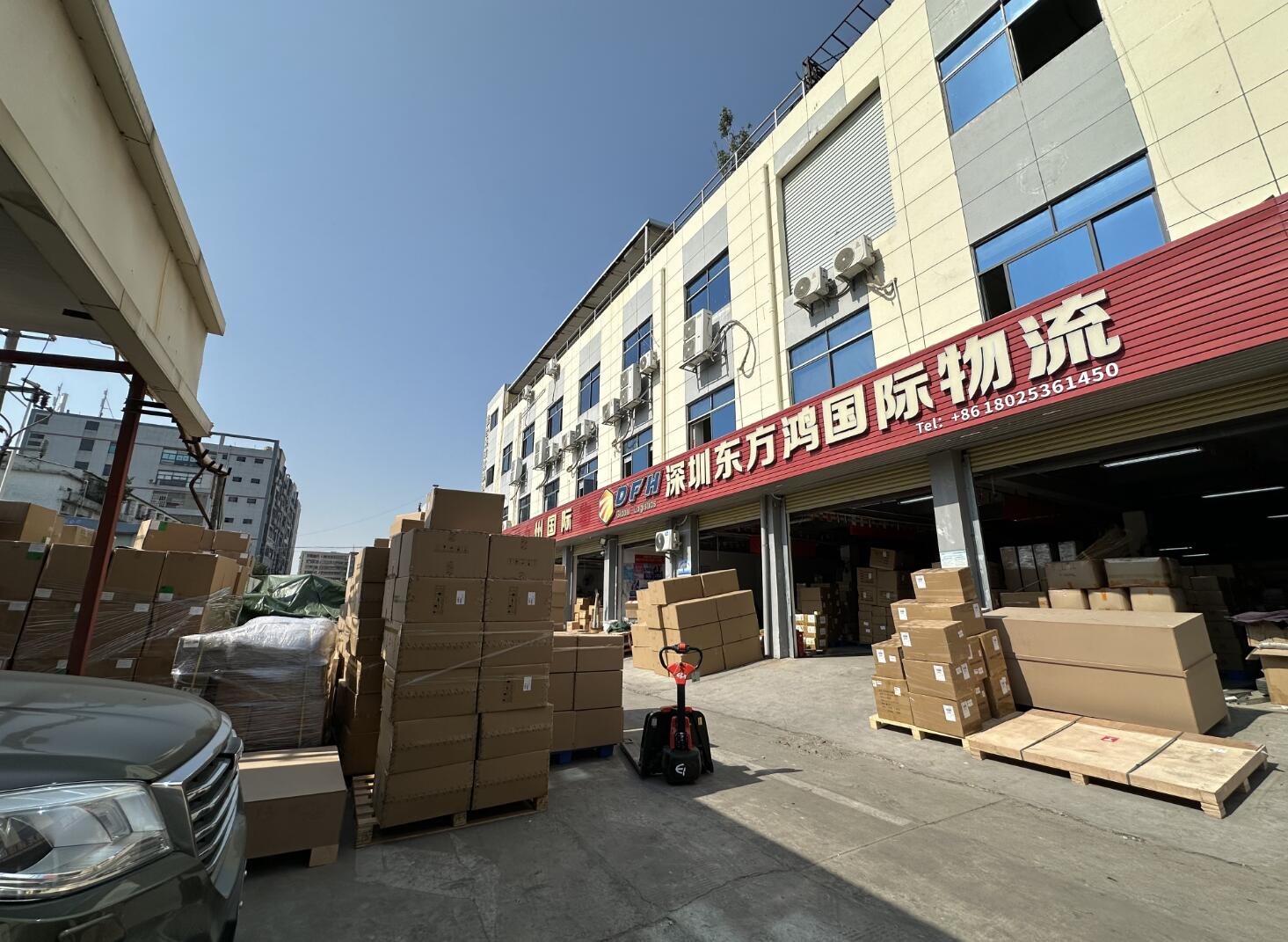
Here’s what the typical process looks like:
- Supplier coordination in China – We arrange pickup from one or multiple suppliers, consolidate goods, and handle labeling or repacking if needed.
- Export customs clearance in China – Preparing documents and filing export declarations.
- International transport – Shipping by express, air, sea, rail, or truck.
- EU and Croatian customs clearance – Goods usually arrive at Zagreb Airport or the Port of Rijeka, and sometimes via Hamburg or Koper before being trucked into Croatia. At this stage, duties and 25% VAT must be handled correctly.
- Final delivery – Door-to-door service to your warehouse, store, or Amazon FBA.
From experience, most issues occur during customs clearance. Missing paperwork or incorrect HS codes can delay your shipment. This is why many importers choose DDP shipping
, where everything (freight, customs, duties, and VAT) is included in one fixed landed cost.
Should you let your Alibaba supplier handle the shipping?
A question I often hear is: “Wouldn’t it be easier if my supplier just took care of the shipping to Croatia?” Let me share what I’ve seen.
When it can work
If you’re only buying small samples or lightweight parcels, letting the supplier ship by courier is fine.
The risks
But for larger shipments, relying on your supplier usually leads to problems:
- Higher freight costs as cargo volume increases.
- Slower transit times because suppliers prioritize cheap routes over fast or reliable ones.
- No help with customs clearance or VAT in Croatia.
- Importers are left fully responsible for paying the 25% VAT and duties.
Why I recommend working with a freight forwarder
Most of my Croatian clients turned to me after struggling with supplier-arranged shipping. With a forwarder like DFH Logistics, you benefit from:
- Multiple shipping options to fit your timeline and budget.
- Consolidation services if you buy from several suppliers.
- Full export and import customs clearance support.
- Door-to-door delivery with VAT included under DDP.
For serious importers, using a forwarder is the safer, more predictable choice.
What are the shipping methods from Alibaba to Croatia?
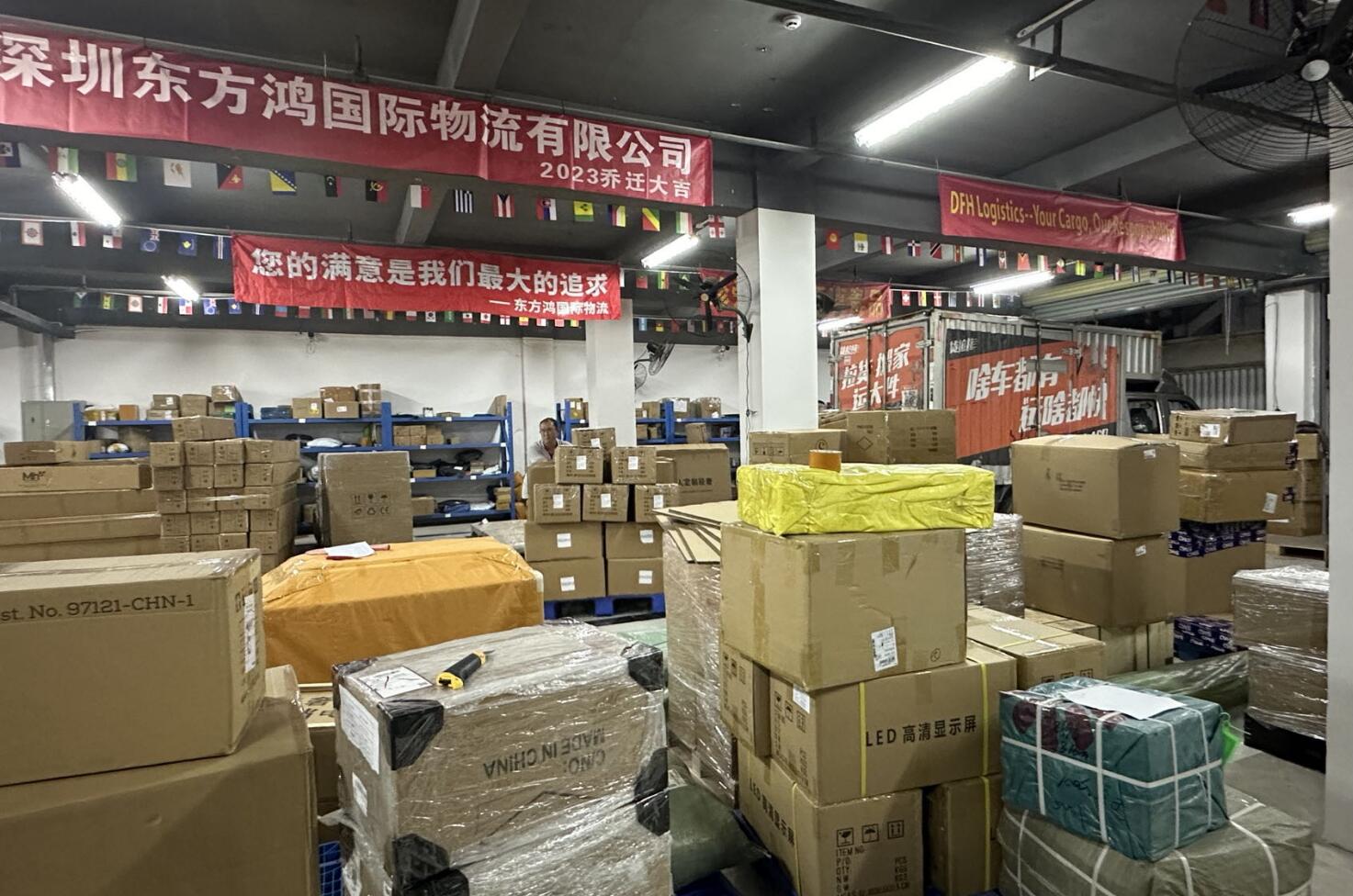
Every importer asks me: “Which shipping method is best for my goods?” The answer depends on your shipment size, delivery urgency, and budget. Here’s a breakdown of the main options I arrange for clients shipping to Croatia.
Express Courier (DHL, FedEx, UPS)
If you need speed, express couriers are the simplest way.
- Transit time: 3–7 days door-to-door
- Best for: Urgent small parcels under 100 kg
- Advantages: Fastest and most convenient, with customs handled by the courier
- Limitations: Very expensive for bulky or lightweight cargo charged by volume
Many clients use this for samples, small e-commerce orders, or urgent restocks.
Air Freight
Air freight is a middle ground between express and sea freight.
- Transit time: 3–5 days to Zagreb Airport, 7–12 days door-to-door
- Best for: Medium shipments between 100–500 kg
- Advantages: Faster than sea, cheaper than express, reliable for time-sensitive cargo
- Limitations: Customs and final delivery must be arranged unless you choose DDP
For many Amazon sellers and growing businesses, air freight balances cost and speed.
Sea Freight (LCL & FCL)
Sea freight is usually the lowest-cost option for larger shipments.
- Transit time: 40–50 days (via the Port of Rijeka, or sometimes through Hamburg or Koper before being trucked into Croatia)
- LCL (Less than Container Load): Best for 1–15 CBM shared cargo
- FCL (Full Container Load): Best for full 20ft or 40ft containers above 20 CBM
- Advantages: Lowest cost per unit for large shipments
- Limitations: Slowest method and affected by port congestion
Wholesalers and retailers importing bulk goods often rely on sea freight for cost efficiency.
Railway Freight
Rail has become a popular alternative to sea freight.
- Transit time: 25–35 days (to European rail hubs, then trucked to Croatia)
- Best for: Medium shipments needing balance between cost and speed
- Advantages: Faster than sea, cheaper than air, more stable than truck in certain seasons
- Limitations: Space is limited and some categories (like batteries or liquids) face restrictions
Rail freight is often chosen by importers with steady, predictable shipments.
Truck Freight
Overland trucking is another viable option.
- Transit time: 18–25 days from China to Croatia via EU borders
- Best for: Flexible EU-wide door-to-door delivery
- Advantages: Avoids seaports, relatively stable timing, convenient for FBA shipments
- Limitations: Not as cheap as sea freight for very large cargo volumes
Some of my clients use trucking when they need quicker delivery than sea freight but lower costs than air.
DDP Shipping (Delivered Duty Paid)
For many first-time shippers, this is the safest choice.
- Transit time: 7–15 days by air, 40–50 days by sea
- Includes: Pickup, export clearance, freight, Croatian customs clearance, duties plus 25% VAT, and final delivery
- Best for: Importers without VAT/EORI, small businesses, or anyone who wants a fixed landed cost
With DDP, my clients never have to worry about surprise charges or customs paperwork—it’s all taken care of.
How is chargeable weight calculated for shipments to Croatia?
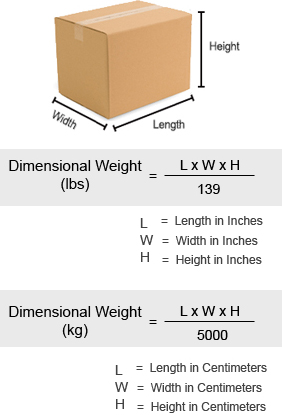
After choosing the method, the next thing clients ask me is about costs. Many are surprised by how carriers calculate them. Let me explain.
Express and Air Freight
For express and air, carriers charge based on chargeable weight:
- Formula: Length × Width × Height (cm) ÷ 5000
- The higher of the actual weight and volumetric weight is used.
This is why large but lightweight goods (like foam or packaging) often cost more than expected.
Sea Freight (LCL & FCL)
- LCL: Charged per CBM (cubic meter), with a minimum of 1 CBM.
- FCL: Flat rate for a 20ft or 40ft container, most cost-effective when cargo exceeds 15–20 CBM.
Railway and Truck Freight
Charges may be based on either CBM or kilograms, depending on the route and cargo type.
DDP Shipping
With DDP, you get one all-inclusive landed cost—freight, duties, and Croatia’s 25% VAT included. That’s why many of my first-time clients prefer this option.
What packaging tips should you follow for Alibaba shipments to Croatia?
I’ve seen too many shipments arrive damaged or delayed simply because of poor packaging. Packaging is not just about protecting goods—it also impacts costs and compliance.
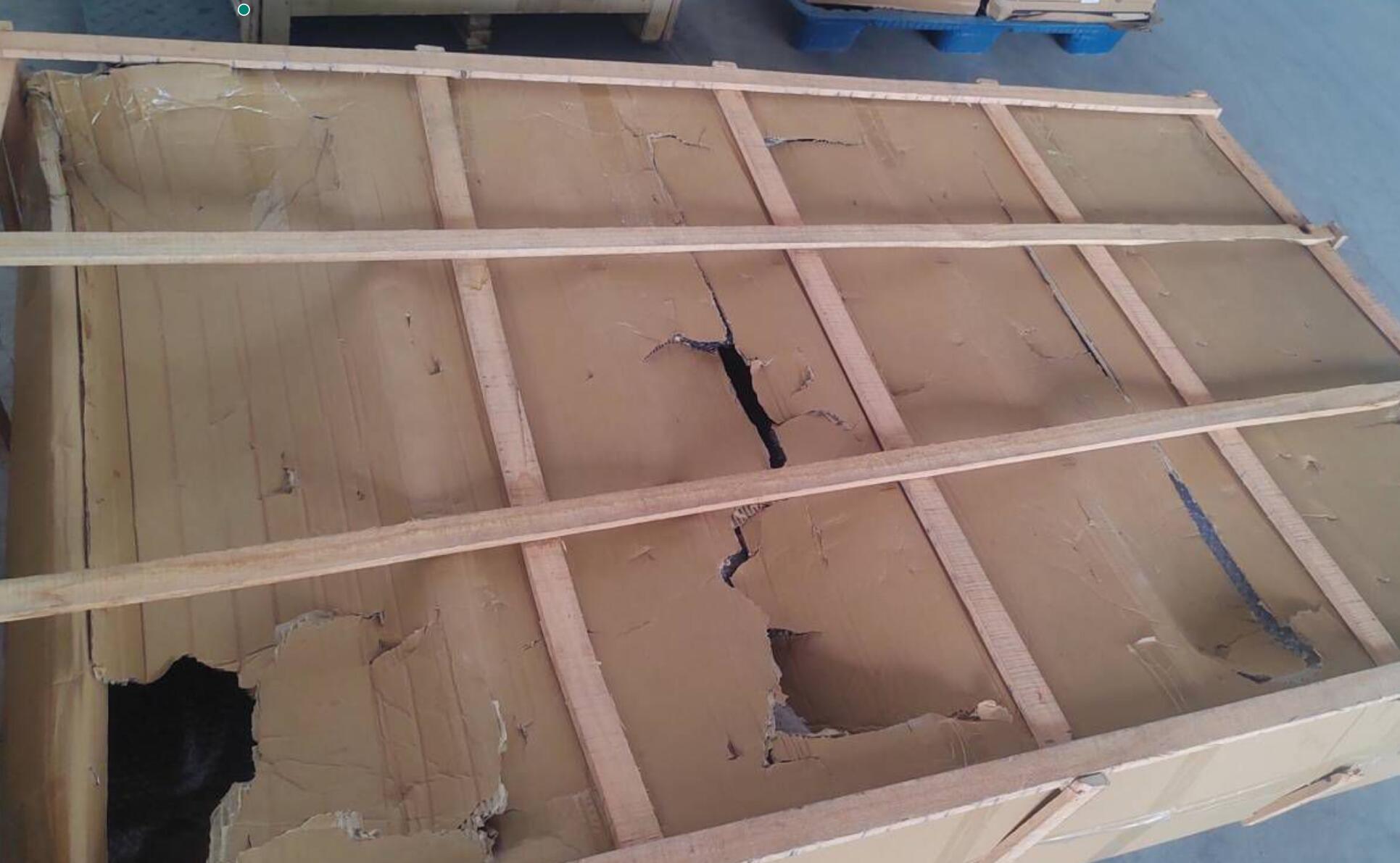
Use export-quality materials
Always choose strong cartons or wooden crates that meet export standards. For sea freight, moisture protection is essential.
Palletize your cargo
Stacking boxes on pallets helps with safe handling, reduces risk of damage, and maximizes container space.
Label for compliance
If you’re shipping to Amazon FBA or large retailers, labels must meet strict requirements. At DFH, we often re-pack and relabel at our Shenzhen warehouse to ensure compliance.
Protect fragile and valuable items
Delicate goods like electronics or glassware should have cushioning, corner protectors, or foam inserts.
Request photo proof before shipping
Ask your forwarder to send you photos of your packed goods before they leave China. This ensures everything is correct and gives you peace of mind.
How much does it cost to ship from Alibaba to Croatia?
Cost is always a top concern, and while it varies, I can share typical ranges based on real shipments I’ve handled.
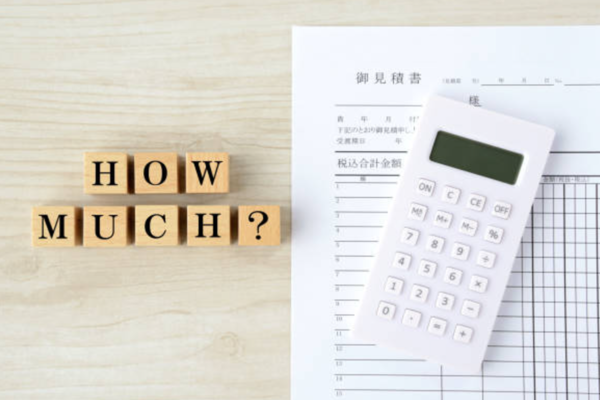
| Method | Transit Time | Cost Range (USD) | Best For |
|---|---|---|---|
| Express Courier | 3–7 days | $6–$10 per kg | Urgent small parcels under 100 kg |
| Air Freight | 5–8 days | $4–$8 per kg (100–500kg) | Medium shipments needing faster transit |
| Sea Freight LCL | 40–50 days | $1.8–$4.5 per kg | Shared container loads (1–15 CBM) |
| Sea Freight FCL | 40–50 days | $1,200–$2,600 per 20ft | Full containers above 20 CBM |
| Railway Freight | 25–30 days | $2–$4 per kg | Medium shipments with balanced needs |
| Truck Freight | 18–25 days | $2.5–$4.5 per kg | Flexible EU-wide delivery |
| DDP Shipping | 7–50 days | All-inclusive fixed quote | Importers without VAT/EORI, FBA sellers |
From what I’ve seen:
- Sea freight is best for large, heavy goods.
- Air or express are ideal for urgent shipments.
- Rail and truck balance time and budget.
- DDP is the best choice if you want everything included with no hidden surprises.
How is customs clearance in Croatia handled?
For many importers, customs clearance is the most stressful stage. I’ve seen shipments stuck for weeks because of incorrect paperwork. Here’s how it works in Croatia.
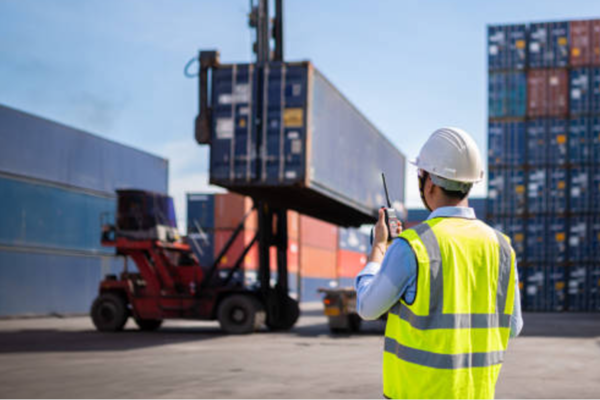
- Invoice, packing list, HS codes, and compliance certificates (CE, RoHS, REACH if needed) are checked in advance.
- Goods arrive at Zagreb Airport, the Port of Rijeka, or via EU ports like Hamburg or Koper.
- Import declaration is filed with Croatian customs.
- Duties and 25% VAT are calculated and applied.
- Inspections may take place if documents are missing or values seem suspicious.
- Once cleared, goods are released for delivery.
Common challenges
- Wrong HS codes leading to higher duties.
- Under-declared values resulting in penalties.
- Missing certificates for electronics, toys, or cosmetics.
To avoid these issues, many clients rely on DDP shipping, where we manage clearance and VAT for them.
How long does shipping from Alibaba to Croatia take?
Timing is just as important as cost. Here’s what you can realistically expect.
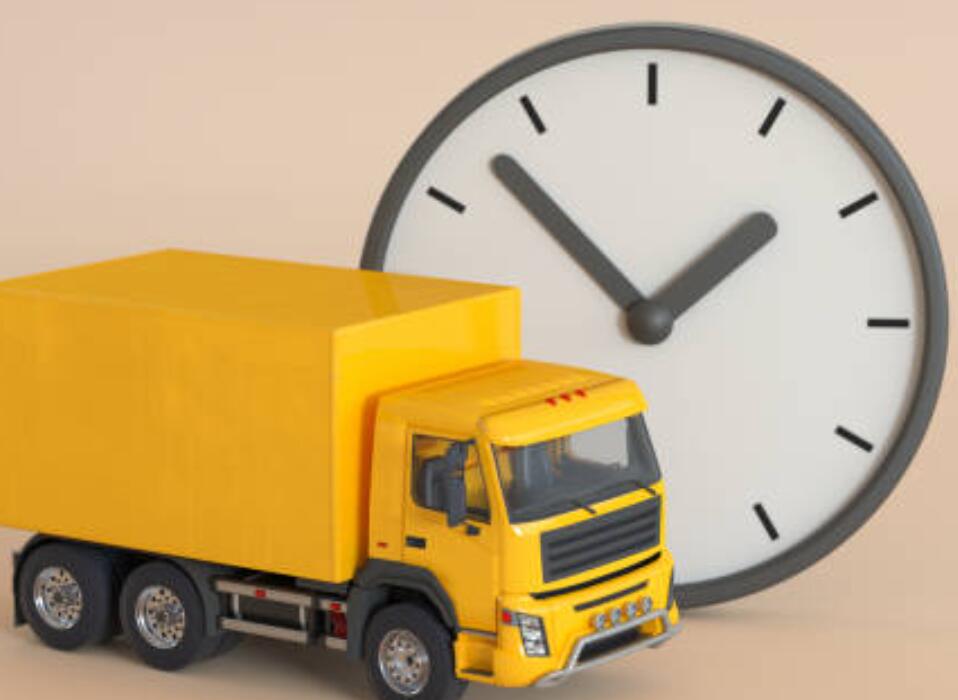
- Express Courier: 3–7 days
- Air Freight: 5–8 days
- Sea Freight (LCL/FCL): 40–50 days
- Railway Freight: 25–30 days
- Truck Freight: 18–25 days
- DDP by Air: 7–15 days
- DDP by Sea: 40–50 days
Keep in mind: shipments around Chinese New Year or Christmas peak season can take longer. Deliveries to Zagreb are usually faster than shipments going to smaller cities.
What is the step-by-step process for shipping from Alibaba to Croatia?
Many first-time importers tell me: “I understand the methods, but I don’t know the exact steps.” So let me share the process I use with my clients.
Step 1 — Confirm your order and terms
Agree with your supplier on Incoterms (EXW, FOB, CIF, or DDP). Ask for a proper invoice and packing list.
Step 2 — Choose the right shipping method
Decide between express, air, sea, rail, or truck. If you want a stress-free option, pick DDP.
Step 3 — Arrange pickup and consolidation
We collect from one or multiple suppliers. You can send goods to our Shenzhen warehouse for free consolidation.
Step 4 — Export customs clearance in China
We prepare export declarations, even if your supplier has no export rights.
Step 5 — International transport
Cargo moves via your chosen method. We book in advance to secure the best rate.
Step 6 — Import customs clearance in Croatia
We file the declaration, pay duties and 25% VAT, and provide compliance documents if required.
Step 7 — Final delivery
We deliver directly to your warehouse, shop, or Amazon FBA.
By following this process, you’ll know exactly what to expect from start to finish.
Why should you choose DFH Logistics for shipping from Alibaba to Croatia?
You might be wondering: why work with DFH Logistics instead of handling this alone? Let me share what my Croatian and international clients appreciate most.
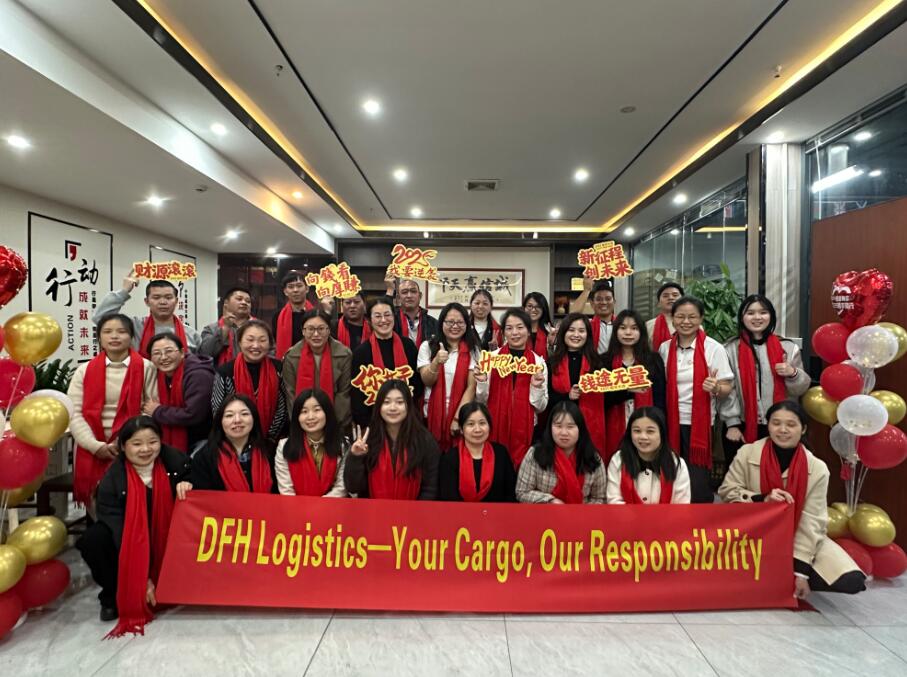
- End-to-end door-to-door service from factory pickup in China to delivery in Croatia.
- DDP expertise: we manage customs clearance, duties, and 25% VAT in one landed cost.
- Multiple shipping options: express, air, sea, rail, and truck.
- Transparent pricing with no hidden fees.
- Free consolidation and 30 days of warehousing in Shenzhen.
- Compliance support for CE, RoHS, and REACH certification.
- Amazon FBA preparation and direct delivery to fulfillment centers across Europe.
Clients tell me that once they start working with us, they no longer worry about paperwork, surprise charges, or customs delays.
Conclusion
Shipping from Alibaba to Croatia can open new opportunities for your business, but it also comes with challenges. Success depends on selecting the right shipping method, handling customs properly, and managing 25% VAT without mistakes.
If you want a smooth, stress-free solution, my team and I are here to help.
Ready to ship from Alibaba to Croatia?
Contact DFH Logistics today for a tailored shipping plan. We’ll take care of the logistics so you can focus on growing your business.
Read more:

